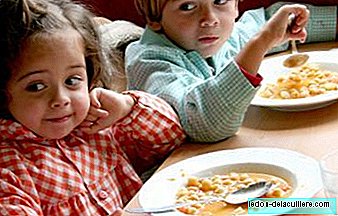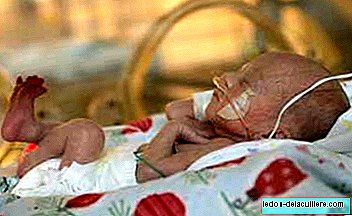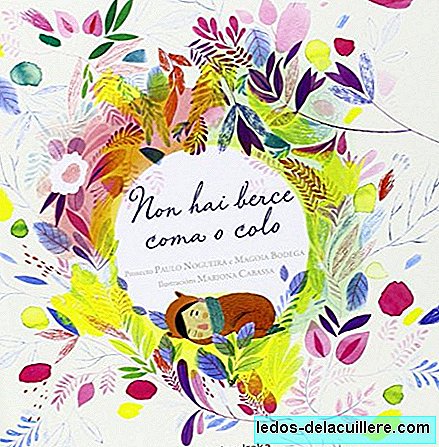
Is pink for girls and blue for boys? Of course not! But today to see who is the child who puts on a pink garment (in adults it is something else), because they fear being mocked.
As a child I did not like pink, in any way, although at that time the mothers (mine at least) did not insist on classifying babies by color codes, so I grew up with multicolored clothes.
And instead my daughter from before going to school, she turned to pink, even with 5 years she wanted birthday cake with “pink” coverage. Right now he doesn't even remember that, it's more: he hates pink, which is appreciated, the truth.
I have met a project by a South Korean photographer named JeongMee Yoon, which happened to his five-year-old daughter (9 years ago), something similar to what had happened to me. All pink? Is it accurate? That's where “Pink & Blue Project” was born, in an attempt to explore how cultural trends influence the tastes of girls and boys , and how gender and identity are socialized. They are photographs of girls and boys surrounded by pink and blue objects, respectively.
But that project that from time to time is made visible by some means of communication (in fact the author has raised it as a long-term action), also addresses the issue of the relationship between gender and consumerism. In addition to aspects related to the globalization of consumerism (and I think the heart is precisely there) and the new capitalism.
Although there are those who believe it, the relationship of colors with gender is not natural, but something created intentionally and supported by advertising

Fashion versus freedom of choice
From the mentioned project I copy this paragraph because I think it is very interesting “The differences between the objects of girls and boys, they divide them and affect their thinking and behavior patterns. Many toys and books for girls are pink, purple or red, and are related to makeup, dressing, cooking, and household affairs. However, most toys and books for children are made of different shades of blue and are related to robots, industry, science, dinosaurs, etc. It is a widespread phenomenon ”.
The El País article that I link below makes some contributions that are worth knowing, such as that at some point in recent history, pink has been associated with masculinity (because it is derived from red); and blue to the feminine gender (since it is a more leisurely color). As you see It's a matter of fashion, which should help us gain some perspective.
I have written this post so you would know (if you had not already done so) the Pink & Blue Project; and to serve as a basis when asking these questions about gender differentiation when accessing certain toys or activities.
I do not cling much to the debates about gender differentiation because they are sterile to me, since many times they will end up in 'equality', when in reality we are different girls and boys. So if I bet it is for equity in access to services and goods, and for equal relations between people.
And if we talk about children, I think they should have more freedom (regarding adults and external influences) to choose from games and toys, to stories ...
As I was telling you, my daughter already passes from pink, and already decides regardless of fashion, so much decides who chooses different hobbies (and much) from those of her friends. And even if there is one that says 'why do you play hockey if it's boys?', She knows that it is enough to shrug and continue doing what she likes, because sometimes she doesn't need the environment to feel supported.












